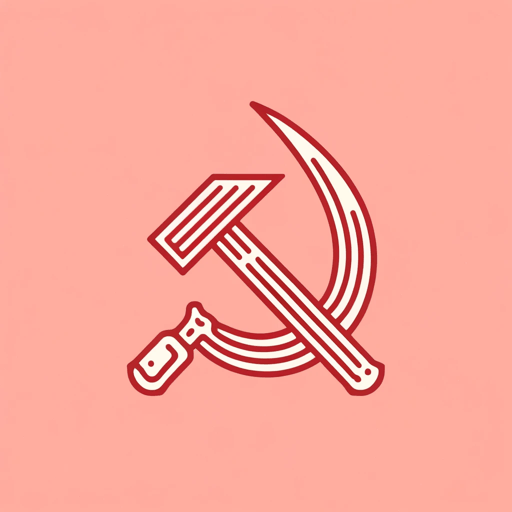45 pages • 1 hour read
Vladimir LeninThe State and Revolution
Nonfiction | Book | Adult | Published in 1917A modern alternative to SparkNotes and CliffsNotes, SuperSummary offers high-quality Study Guides with detailed chapter summaries and analysis of major themes, characters, and more.
Background
Historical Background: International Socialism and the Bolsheviks
Karl Marx, like Lenin, was both a political theorist and a political actor. He and his frequent co-author, Friedrich Engels (whom Lenin quotes frequently in State and Revolution), were major figures in the International Workingmen’s Association, later known as the First International. As the name indicates, this was an attempt to coordinate political action among workers across Europe, and to build momentum for a revolutionary movement that would succeed where the anti-monarchical revolutions of 1848 failed.
However, the organization failed to reconcile differences among its own members, most notably Marx and the Russian anarchist theorist Mikhail Bakunin. Marx called for a dictatorship of the proletariat (See: Index of Terms) to oversee the dismantling of the capitalist state, with this dictatorship serving as an intermediary step prior to the achievement of pure communism. By contrast, Bakunin insisted on a mass revolt against all forms of authority, so that the passing of the state would lead directly to anarchism.
The Second International formed in 1889, now composed entirely of socialists. However, divisions within the socialist movement were just as acute, particularly on the question of whether the capitalist system could be subject to reform, or would have to be overthrown by force.
Related Titles
By Vladimir Lenin


